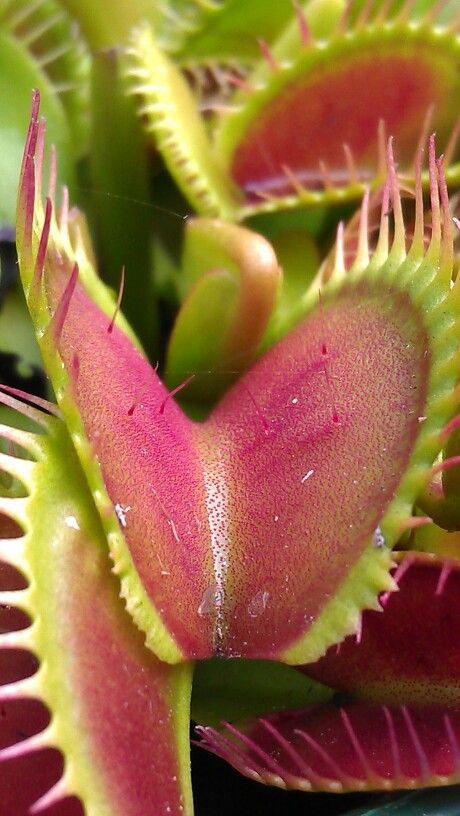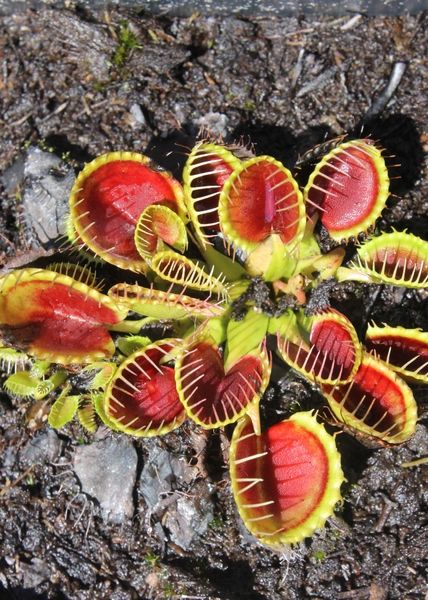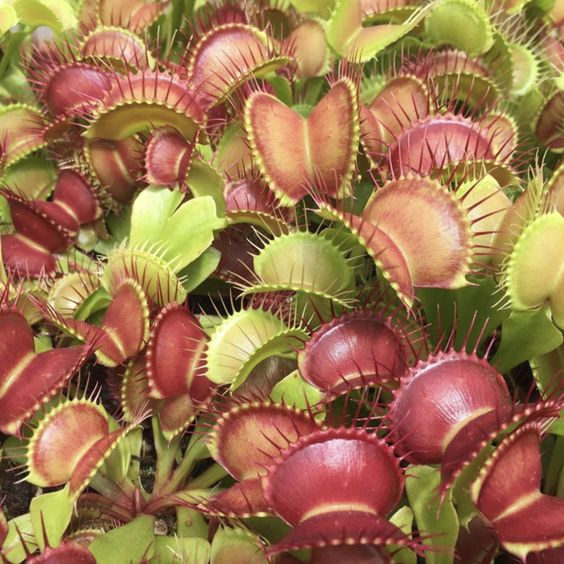In the vast and diverse world of flora, there exists a group of plants that intrigue and fascinate us with their unusual characteristics—the carnivorous flowers. These enigmatic beauties, with their captivating allure and deadly adaptations, blur the line between plant and predator.

Carnivorous flowers, such as the Venus flytrap (Dionaea muscipula) and the pitcher plant (Nepenthes), have evolved unique mechanisms to supplement their nutritional needs in environments with poor soil conditions. These plants have developed specialized structures that enable them to capture, digest, and absorb nutrients from small insects and other unsuspecting prey.

The Venus flytrap, with its iconic hinged trap, entices its prey with nectar and vibrant colors. When triggered by touch, the trap snaps shut, imprisoning the unsuspecting insect. It then secretes enzymes to break down the captured prey, absorbing vital nutrients such as nitrogen and phosphorus to supplement its growth and survival.
The pitcher plant, on the other hand, employs a different strategy. Its modified leaves form a deep, pitcher-like structure filled with digestive enzymes. The plant lures insects into the pitcher, often using bright colors and enticing scents. Once inside, the prey becomes trapped and is gradually dissolved by the plant’s enzymes, providing the plant with essential nutrients that would otherwise be scarce in its habitat.

These carnivorous flowers showcase a remarkable adaptation to their environment, where nutrient deficiencies pose significant challenges. Their unique ability to capture and digest prey allows them to thrive in habitats where other plants struggle to survive.

Beyond their functional adaptations, carnivorous flowers possess an undeniable aesthetic appeal. The intricate shapes, vibrant colors, and delicate structures of these plants draw us into their mysterious world. The Venus flytrap’s elegantly designed traps and the pitcher plant’s graceful, elongated pitchers exhibit an otherworldly beauty that captivates the imagination.





